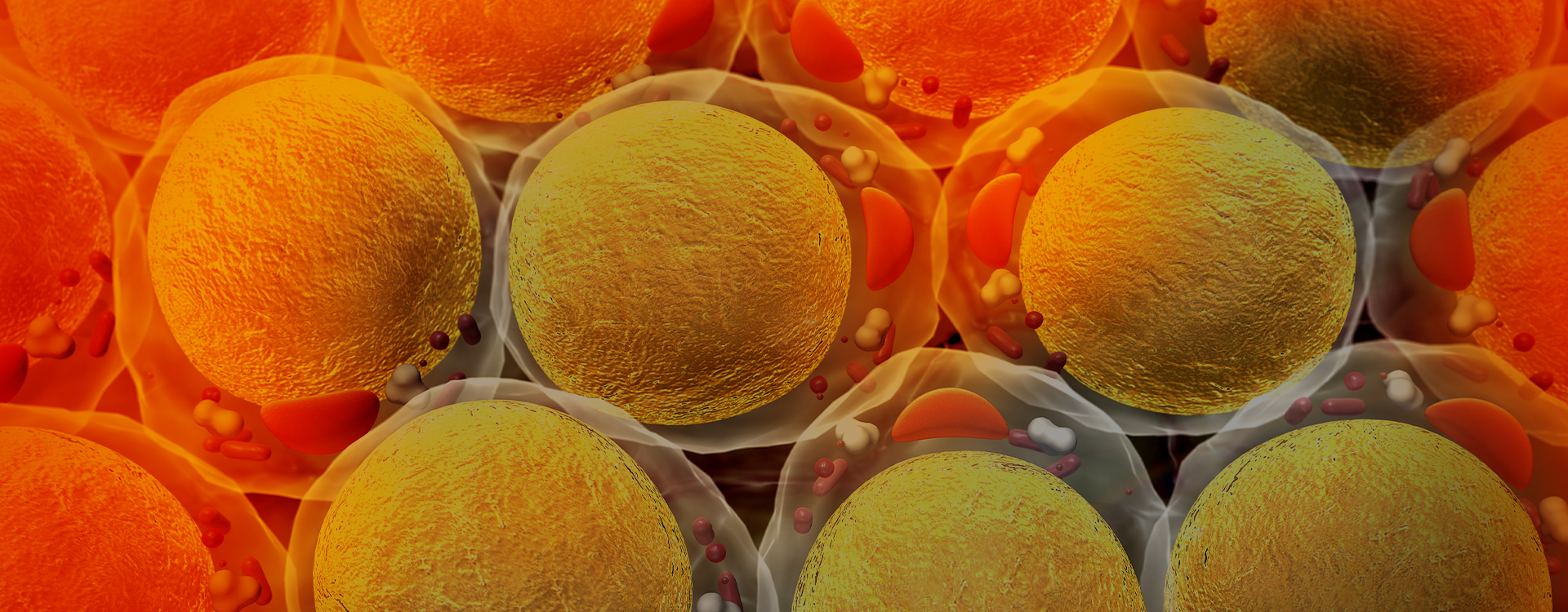
As one of the most important branches of metabolomics, lipidomics has been a research hotspot in recent years. Lipids are an important class of compounds in living organisms. They are very different in structure, but have the same characteristics: they are insoluble in water, but soluble in non-polar organic solvents such as ether, chloroform and acetone.
Lipids are mainly divided into 8 categories: glycerides, polyethylenes, fatty acids, glycolipids, sterol lipids, pregnenolone lipids, glycerol phospholipids, sphingolipids


 Figure 1 Lipid classification pie chart
Figure 1 Lipid classification pie chart Figure 2 Differential lipid association chord diagram
Figure 2 Differential lipid association chord diagram Figure 3 Differential lipid heatmap
Figure 3 Differential lipid heatmap Figure 4 Differential lipid Venn diagram
Figure 4 Differential lipid Venn diagram Figure 5 Differential lipid association heat map
Figure 5 Differential lipid association heat map Figure 6 Tree graph analysis
Figure 6 Tree graph analysisDetermination of the Heterogeneity of Intramuscular Fat and Visceral Adipose Tissue From Dezhou Donkey by Lipidomics and Transcriptomics Profiling
Journal: Frontiers in Nutrition Impact factor: 6.576
Published date: 2021 Published by: Liaocheng University Agricultural College
Meat products are important sources of fat in the human diet globally, with the fat content playing a key role in the overall palatability of meat. Intramuscular fat (IMF) positively affects the quality and nutritional value of meat, including juiciness, flavor, tenderness, and fatty acid profiles. IMF is mainly composed of triglycerides (TGs) and phospholipids, and is rich in phospholipids, palmitic acid, stearic acid, oleic acid, and polyunsaturated fatty acids (PUFA) compared with other adipose tissues, such as visceral adipose tissue (VAT) . The differences in IMF and VAT deposition reflect the heterogeneity of the lipidome. Recently, to improve meat quality, improving the IMF content of livestock and poultry, and determining the internal molecular mechanisms involved, have become hot topics in genetics, nutrition, and other fields.Some candidate genes for IMF deposition have been identified, such as heart and adipocyte fatty acid binding proteins (H-FABP and A-FABP, respectively), fatty acid synthase (FAS), hormone sensitive lipase (HSL), lipoprotein lipase (LPL), and peroxisome proliferator-activated receptor (PPAR). But few studies have used lipidomics to analyze the differences between IMF and VAT so far.
The study used liquid chromatography-mass spectrometry (LC-MS)-based lipidomics to detect IMF and VAT in donkeys to analyze differences in lipid quantity, species, fatty acid distribution, and metabolic pathways. And transcriptomics was used to analyze differentially expressed genes and their functional enrichment in IMF and VAT. In order to analyze the lipid composition ("lipid profile") of donkey meat in terms of lipid molecules and its metabolic characteristics, it provides a new perspective for understanding the nutritional value of donkey meat and improving intramuscular lipid deposition.

 Figure 1 Total lipid composition and content in Texas donkey LDM and VAT
Figure 1 Total lipid composition and content in Texas donkey LDM and VAT Figure 2 Locational distribution of fatty acids (sn-1, sn-2 and sn-3) in TGs, PC and PE in Texas donkey LDM and VAT
Figure 2 Locational distribution of fatty acids (sn-1, sn-2 and sn-3) in TGs, PC and PE in Texas donkey LDM and VAT Figure 3 Differences in LDM and VAT lipid molecules in donkey meat
Figure 3 Differences in LDM and VAT lipid molecules in donkey meat Figure 4 Metabolic pathways involved in different lipid species of LDM and VAT
Figure 4 Metabolic pathways involved in different lipid species of LDM and VAT Figure 5 Expression of lipid metabolism-related genes in LDM and VAT
Figure 5 Expression of lipid metabolism-related genes in LDM and VATThis study analyzed lipid profiles and metabolism in IMF and VAT from donkeys using non-targeted lipidomics and transcriptomics. A total of 1,146 and 1,134 lipids were identified in LDM and VAT, respectively. Donkey IMF is rich in GPs and PUFAs distributed preferentially at the sn-1 positions of TGs and sn-2 positions of PC and PE. This phenotype might result from the higher content of 38 lipid molecules (37 GPs and 1 SM) and the expression of lipid synthesis-related genes in IMF. GL and GP metabolisms were considered key IMF-regulating pathways. These results provide new perspectives for understanding the heterogeneity of IMF and VAT, and developing new strategies to regulate IMF deposition.
Li M, Zhu M, Chai W, et al. Determination of the Heterogeneity of Intramuscular Fat and Visceral Adipose Tissue From Dezhou Donkey by Lipidomics and Transcriptomics Profiling[J]. Frontiers in Nutrition, 2021.
 © Copyright 2015-2025 Suzhou PANOMIX Biomedical Tech Co.,Ltd
© Copyright 2015-2025 Suzhou PANOMIX Biomedical Tech Co.,Ltd